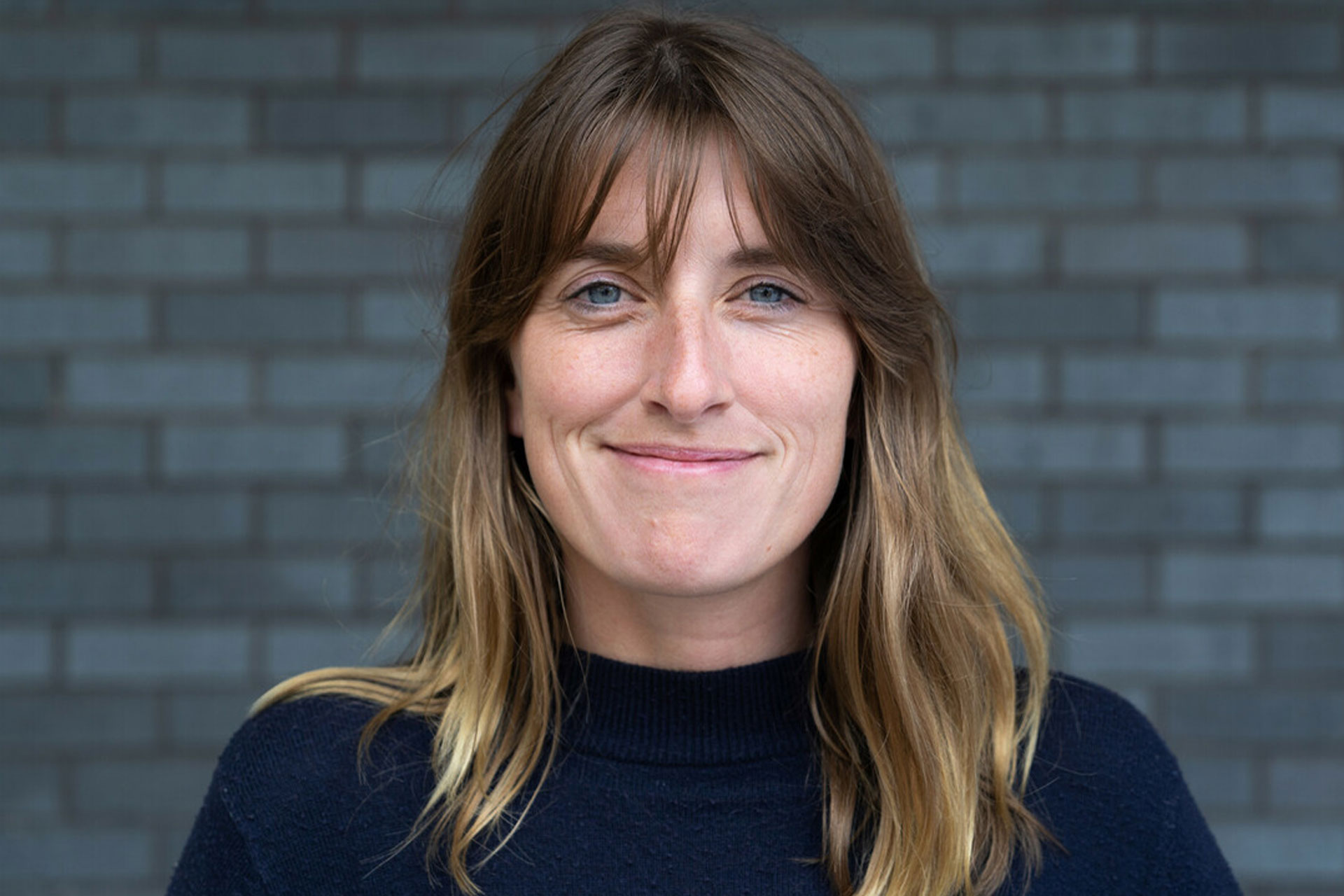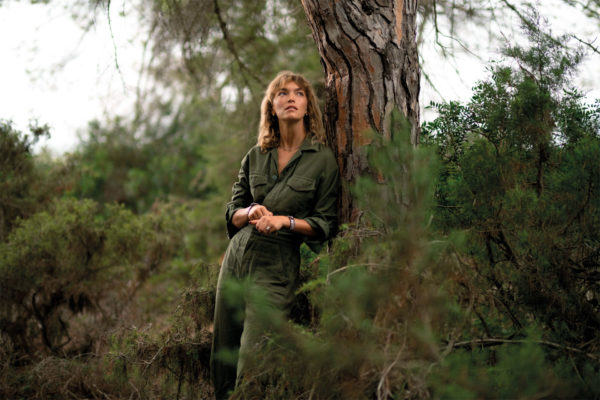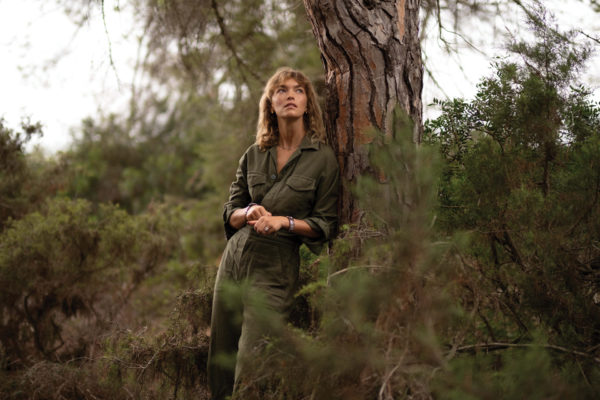Earth Day: How Cool Earth Is Protecting Rainforest Communities
By
2 weeks ago
Shannon Kessell on the charity's vital work to save our rainforests

Global rainforest charity Cool Earth exists to back people living in the rainforest and to fight the climate crisis. It aims to prevent deforestation by supporting the Indigenous peoples and local communities who rely on and live alongside the rainforest. They have the longest and best track record at keeping the rainforest standing, allowing it to remain a vital carbon sink.
Shannon Kessell works as Senior Individual Giving and Engagement Manager at the charity, focusing on keeping funders informed of the charity’s immensely successful work. Outside of work, living in Cornwall, Shannon spends lots of time outdoors: she has a passion for surfing, and is an enthusiastic gardener. To tie in with Earth Day (22 April), Jenny Jefferies caught up with Shannon to hear more about the work of Cool Earth.
Q&A with Cool Earth’s Shannon Kessell

What is Earth Day?
Earth Day is the world’s largest environmental movement. It started in the 1970s following worsening environmental events such as oil spills, the increased use of fuel, and poor air quality. It’s a day that centres around ecology and our interconnectedness as a species. Senator Gaylord Nelson, a junior senator from Wisconsin, decided to rally students to raise awareness of environmental issues. That is why Earth Day lands on 22 April, a day right in the middle of the term and before final exams, meaning there would be the highest student participation. Since then it has gone global and is repeated every year.
Why is it so important?
Earth Day is important because it’s an opportunity to come together, to take action and maintain momentum around environmental issues. It’s also a good excuse to apply pressure on governments and world leaders to act on some of the biggest environmental crises that we are all facing. Tackling issues like the climate crisis can feel insurmountable. But Earth Day creates a sense of community. It reminds you that you’re not alone helps to inspire action and to be perfectly honest every action counts. It’s a time for solutions, to bring people together, to advocate for change and perhaps most importantly to shine a light on the impacts of this crisis on marginalised communities like the ones Cool Earth works with. The more people we have to join this growing movement, the better.
How does climate change impact those living in the rainforest?
The impacts of the climate crisis will be felt by us all, but when it comes to resources to adapt and protect us from these threats it is not a level playing field. People who live in rainforests have a lack of basic needs such as food, clean water, healthcare and access to education. This is often because tropical rainforests are found in some of the planet’s poorest and most marginalised areas. Not only are these communities dealing with a lack of resources, but they are also handling this alongside extreme weather patterns, leading to flooding and droughts as well as an increase in wildfires. They also face unpredictable political events and economic crises.
Extractive industries are often given permits to mine on Indigenous lands without proper consultation or permission, and can even mine illegally. To give context for how detrimental mining can be to the rainforest: to get a wedding ring’s worth of gold you’d have to dig up around 50 tonnes of soil. That is a lot of deforestation.
Not only this, but the chemicals from extraction are then dumped into local rivers, poisoning the fish (one of the main sources of protein for rainforest communities) – this of course in turn poisons the people. The River Ouse burst its banks and caused major flooding earlier this year. These types of events are also happening in remote rainforest communities, where they have no emergency services, or medical support and face starvation as crops are decimated. Livelihoods and lives can be destroyed within moments and can take years to recover if they ever do.

Do awareness days like this help?
Absolutely! Earth Day provides a platform for people to learn and understand how the climate, rainforest protection and people are all interconnected. For charities like Cool Earth, Earth Day is really important – the press covers environmental issues more, we see a spike in searches for terms like climate change and many new people find out about our vital work.
Earth Day enables us to reach more people to highlight the support the rainforest communities need to remain strong and resilient. Less than one percent of climate funding is allocated to Indigenous peoples and local communities in the rainforest, despite the essential role they play in its protection. They have contributed to the climate crisis the least, yet are expected to fix it, and with no resources. The urgency of backing them to keep their rainforest home intact for their communities, and the planet, cannot be overstated.
What can people do to make a difference?
You can donate to charities doing great things, like Cool Earth. We give money directly to these communities so they can thrive. In fact, we’ve just launched our Earth Day match fund appeal – live now until the end of April. We need to raise £40,000 to keep doing our vital work and ensure those who live in the Amazon, Congo rainforest basin and Papua New Guinea can have access to basic needs and be in charge of their livelihoods.
Every donation you give to Cool Earth over this period will be doubled – so you can have twice the impact on people, rainforests and climate change. You can donate now by visiting Cool Earth’s website.
You can also:
- Write to your MP, we need to apply pressure on governments.
- Demand action on fossil fuel companies.
- Join your local climate group and try to learn as much as you can.

You have almost completed the first ever rainforest lab in Papua New Guinea. Can you tell us more about that?
We know that it is easier to take climate action once you know what you’re up against. So we created tiny labs deep in the heart of rainforests that can help protect the forest and communities from threats such as illegal logging and wildfires. They do this by providing Wi-Fi access and digital devices that hook up to satellite data to get real time information on what is happening in the rainforest right now. We then train up teams of Forest Monitors in local communities and provide them with the skills they need to use the technology. It matters because there are often long delays – sometimes up to a week for governments to alert local communities of threats like wildfires.
What is your ultimate goal?
We want to see an end to deforestation and increased rights and resources for the communities that call rainforests their home. Rainforests keep the planet 23 percent cooler, we simply can’t afford to lose them or the indigenous people and local communities that know so well how to protect them.
Find out more at coolearth.org







